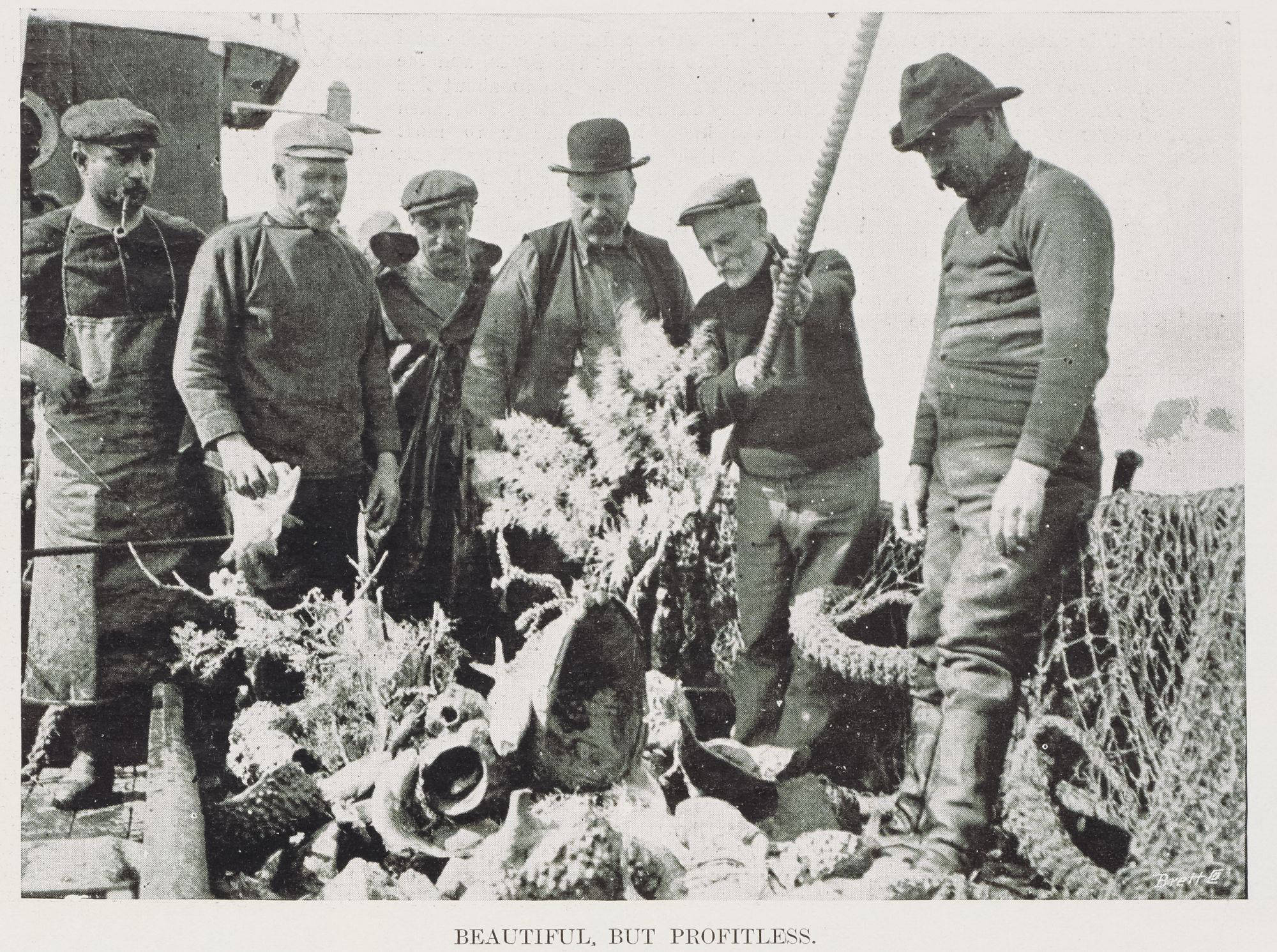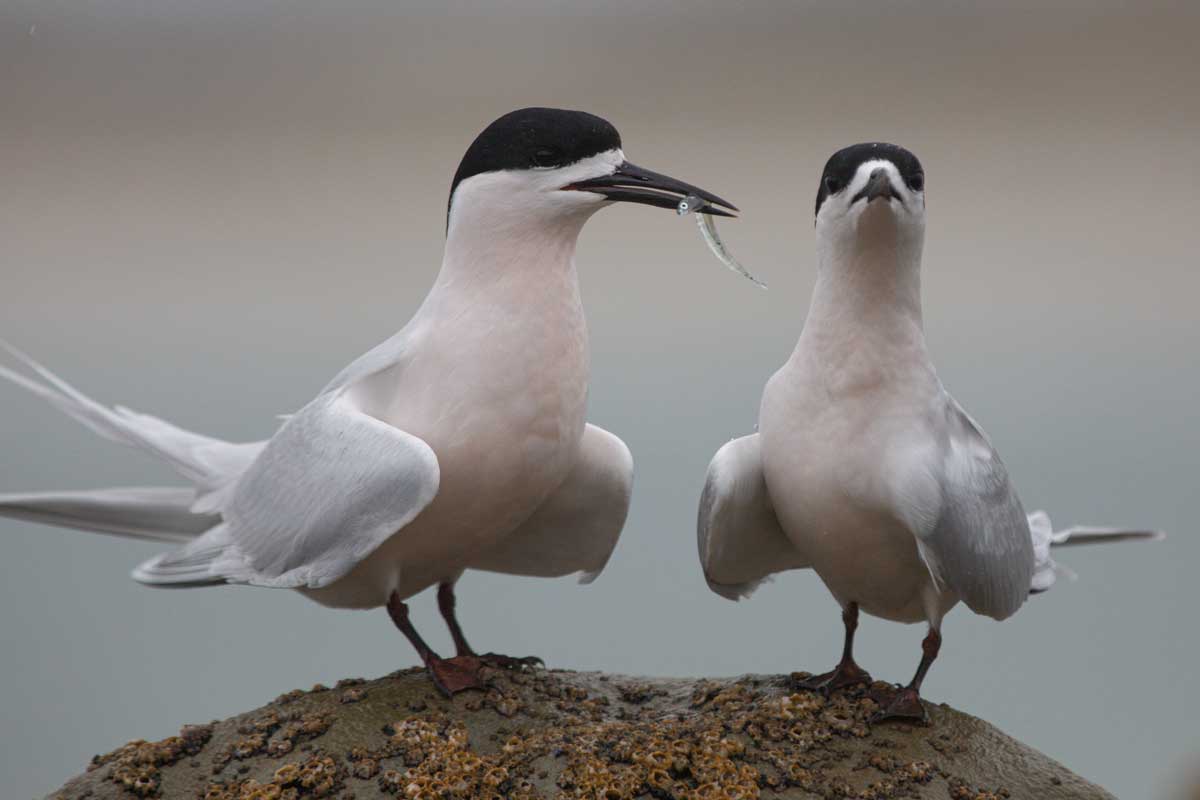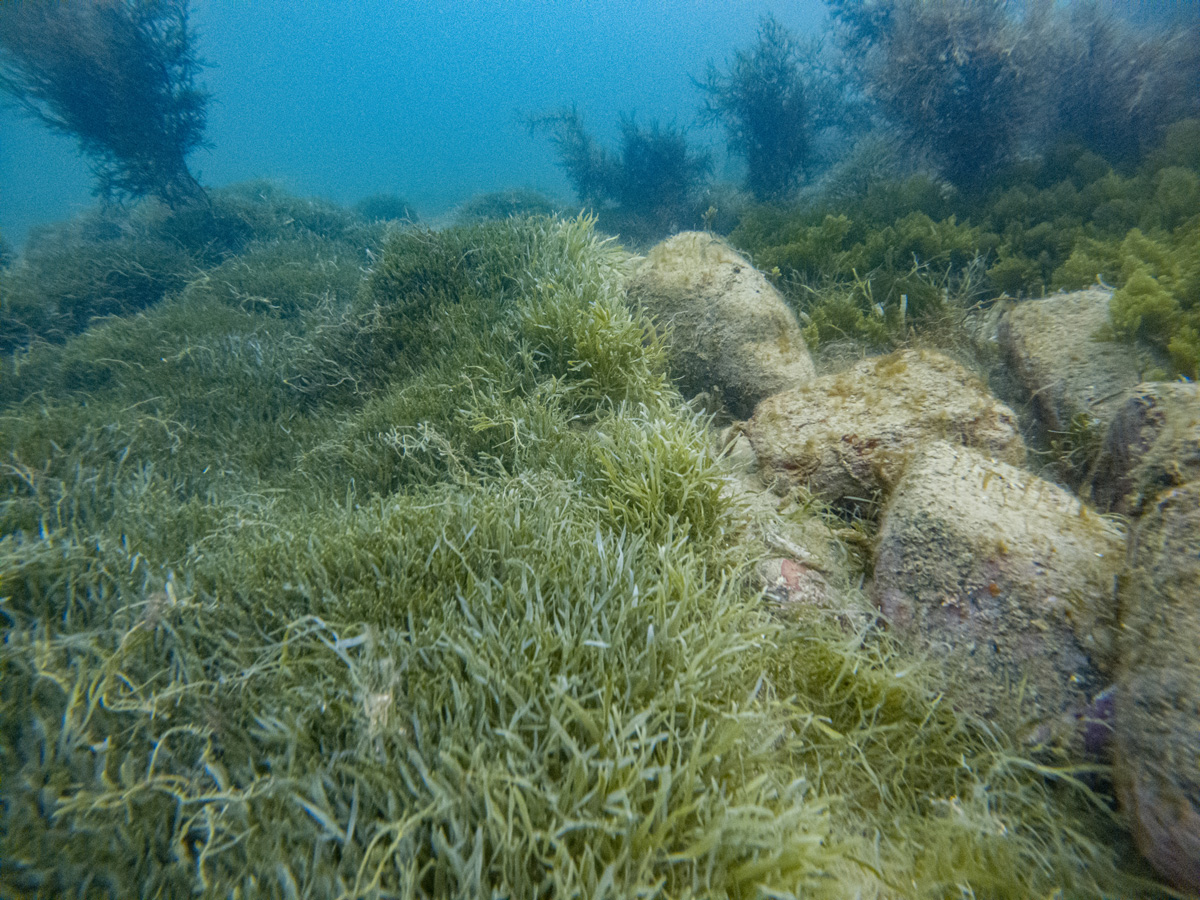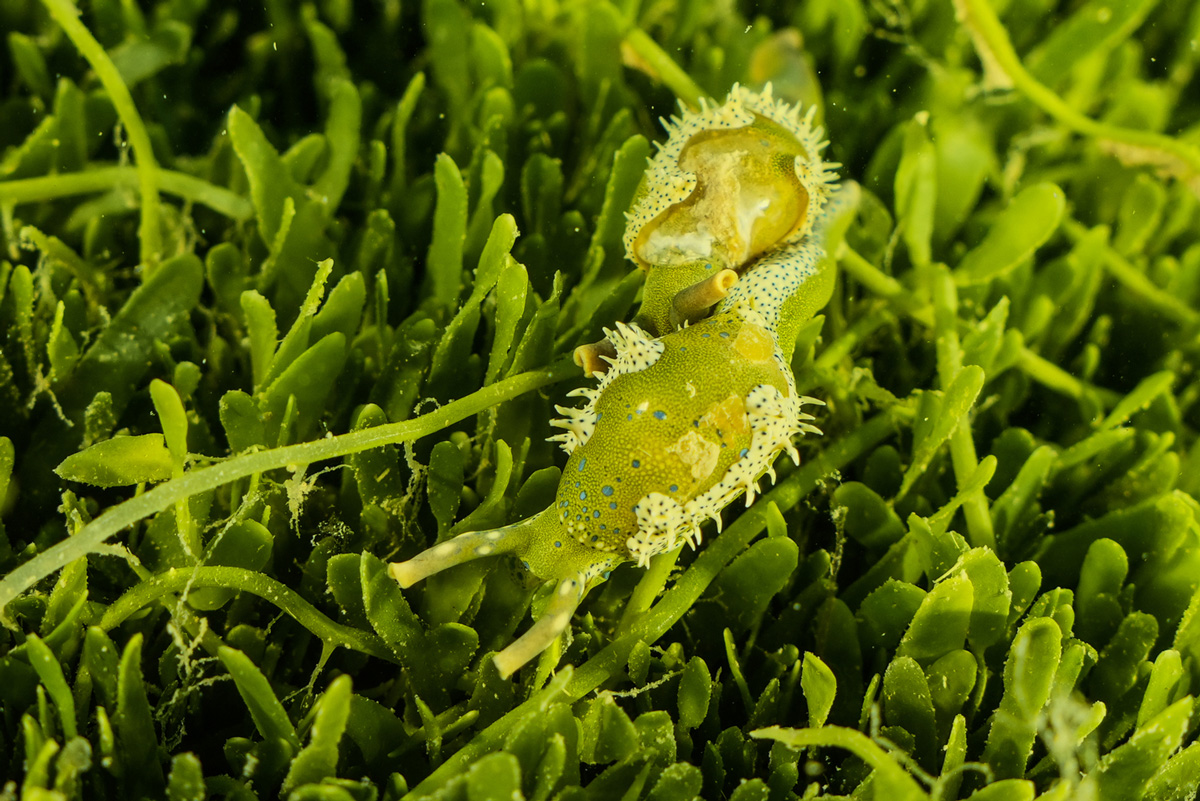This photo was taken on a research trawl in 1907. The caption reads ‘beautiful but profitless’ and describes a haul of corals and sponges. One large Black coral is remarkably intact. The caption describes the scene “A haul as this—which in trawling parlance is “muck”—though useless is a glorious sight. This one in particular was gorgeous. The fish were a brilliant rose-pink, and all the hues of the rainbow were to be found in the strange dwarf trees, and other growths which came up in the net.”
The photo is from an article published in New Zealand Graphic which can be found in Papers Past, a second part to the article was published the following week. The story is written about a single trip from Auckland to the North Cape and back. It offers a deeper interpretation on the fisheries scientist reports of the 23 trawls, the photo is likely taken North West of Port Jackson where the scientist describes the bottom as coral and shell, South of Te Hauturu-o-Toi / Little Barrier Island which had a similar bottom or at one of two locations further North. The 2017 State of Our Gulf report overlays notes of what was described by the scientist on some of those first research trawls with modern trawling effort from the previous three years.
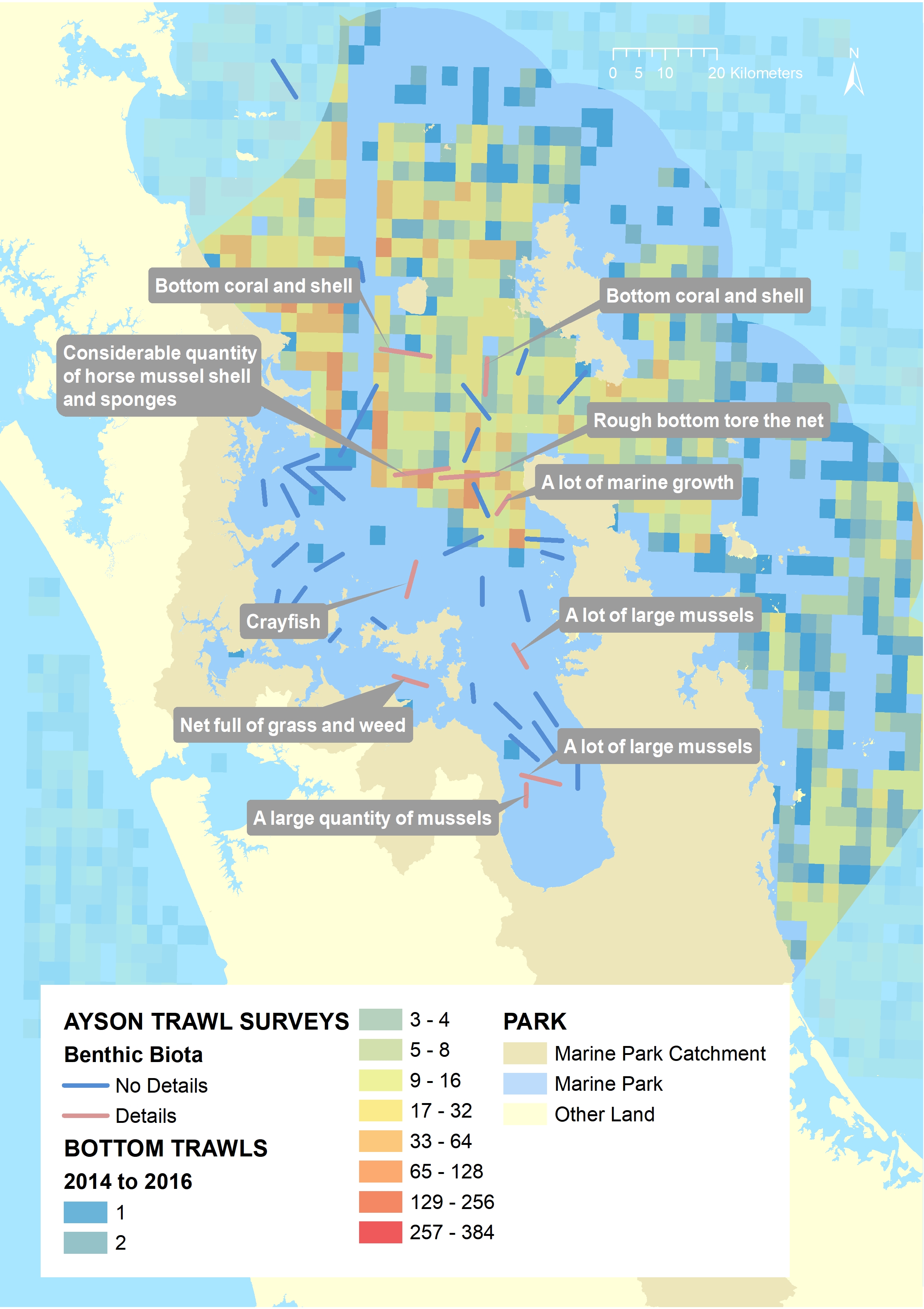
During the trip they lost a £lOO net on “foul ground” and they were constantly mending nets. The New Zealand Graphic reporter has a different perspective on the “muck” and describes the seafloor based on the bycatch “places must be like a fairy grove, or one of those enchanted gardens in the Arabian Nights.”
“Sponges, and fungoid growths of many colours and fantastic shapes—umbrellas, hats, bowls, etc.—were common, and some of them weighed half a hundredweight and more. Star fish, squids, molluscae, medusae, seaweed and yards of gelatinous transparent stuff as thick as leather and marked with red spots were brought up at nearly every haul. They would no doubt be greatly prised by the naturalist, but are shovelled over without the slightest compunction by the business-like fisherman.”
By 1907 (when the trip was undertaken) there were many trawlers operating around the country, many purchased with government subsidies. There had been much public outcry about the method and one area in the Gulf protected (temporarily) but only after it had been trawled. In 2023 commercial bottom trawlers and Danish seiners will repeatedly deploy their gear thousands of times within the Hauraki Gulf Marine Park. The image is a stark reminder of what’s been directly lost to mobile bottom impact fishing. The industry like to say they only trawl on ‘sand or mud’ but we know that the Gulfs sand and mud once supported much more complex habitats. Examples of biogenic habitats that associate with soft sediments include horse mussel beds, scallop beds, dog cockle beds, green-lipped mussel beds, seagrass, sponge gardens, tubeworm mounds and rhodolith beds. Our poorly protected corals and other epibenthic fauna like sea squirts attach to hard structures created by these habitats, enriching and expanding these ‘enchanted gardens’. All of these habitats are easily destroyed by mobile bottom impact fishing.
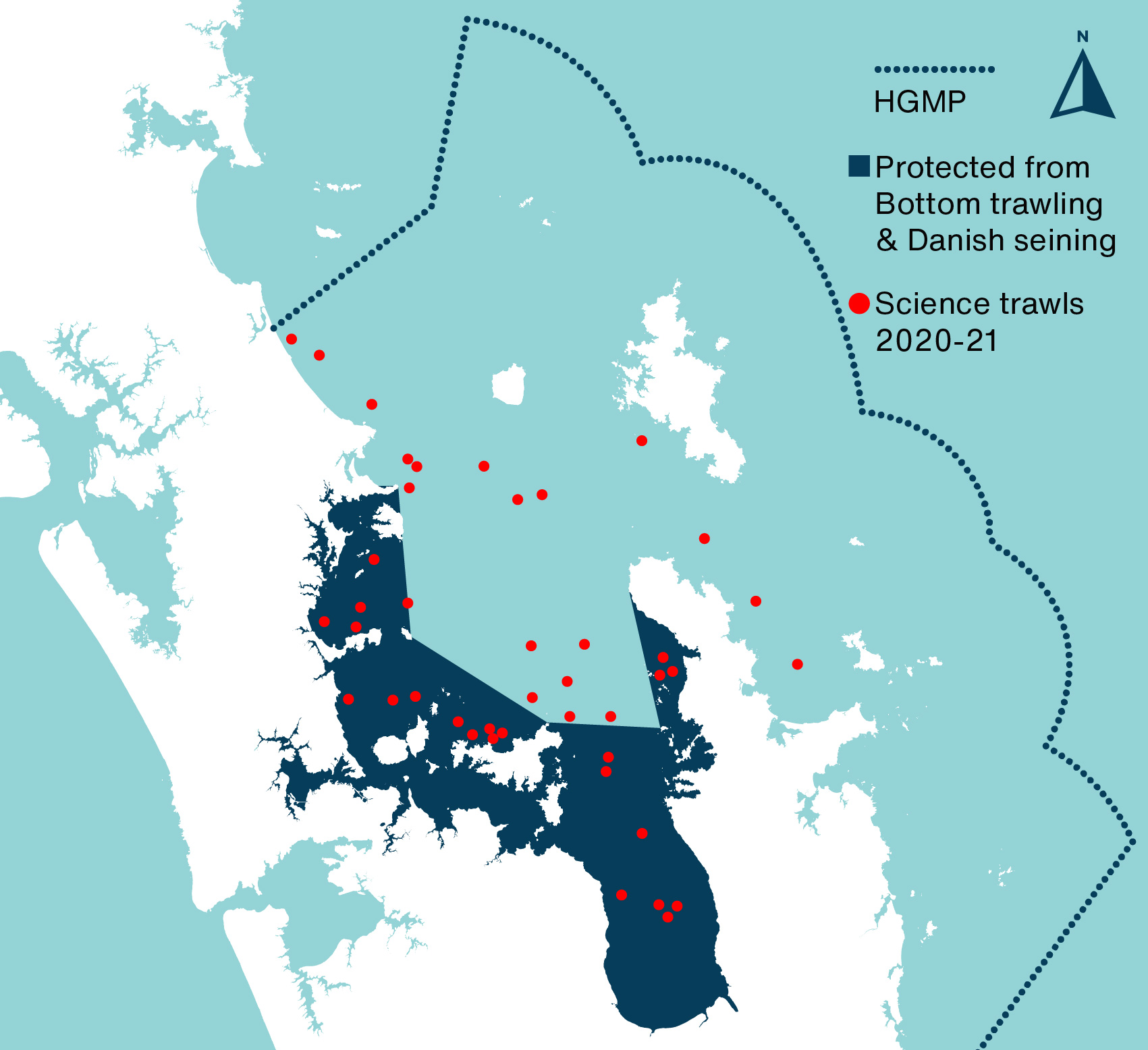
To this day NIWA carry on this tradition of ‘scientific’ bottom trawling for Fisheries New Zealand, even in areas protected from bottom trawling. When will we stop all mobile bottom impact fishing and begin to restore our ‘enchanted gardens’?


